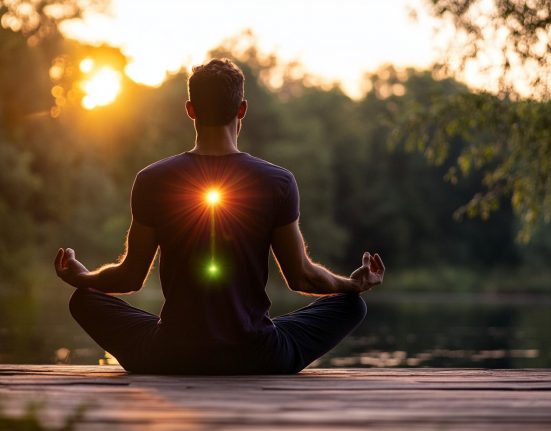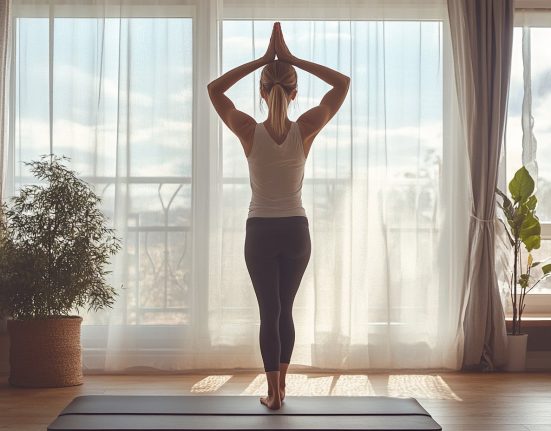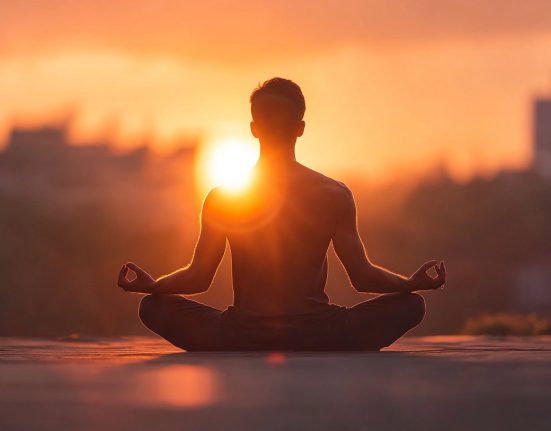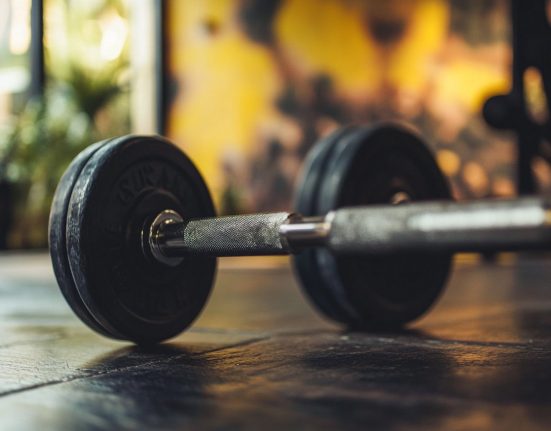As you understand how yoga works on you, then you can use different practices to keep you protected against changing climatic conditions, says yoga expert Kamini Bobde
The world is both fascinated and sceptical of images or writings about yogis surviving in just a loin cloth in sub-zero weathers in the Himalayas. Can yoga help manipulate your body to bear both extreme hot and cold weather?
On the other hand when “Hot Yoga” took the USA by storm, it led to the pertinent questions on what should be the ideal temperatures to do yoga. Let us understand the twin aspects of the effect of yoga on body temperature and what is the ideal temperature to do your asanas.
Our normal body temperature is 37 degree celsius. If the outside temperature is higher than the body temperature, then the peripheries of the body sweat to cool it through evaporation. This is accompanied by an increase in heart rate to rush the blood to the peripheries. The increased heart rate is accompanied by the release of adrenaline which gives the feeling of being high. Additionally, it leaves the core of your body with lesser blood. In short, you have put your body through unnecessary stress and strain which is the antithesis of yoga. The opposite happens in colder temperatures when the blood is directed to the core to protect organs, joints and muscles from stiffening.
1) For those who are not accomplished yogis, it is best to practise in temperatures a degree or two lower or higher than the normal body temperature. You must wear clothes accordingly. Without external aids (clothes) the body can maintain a temperature balance at 27°C and with basic clothing, 18 – 21°C will feel comfortable for a healthy individual. The WHO recommends an optimal (inside) temperature range from 19 – 21°C.
2) Asanas themselves as an activity generate heat but manipulation of the breathing along with the movements also have an impact on body heat. For example, if you practise the pose along with holding the breath, it increases the body temperature additionally.
3) Pranayamas and mantra-chanting change the internal temperature of the body along with many other changes in the body systems and the brain. Kapalbhati and Bhastika pranayama are dynamic breathing practices, which increase the body heat along with the heart rate, blood circulation and impact the cerebrospinal fluid. Both are an adrenaline-releasing practice without the attendant need of mental stress or strain. The same is the effect of alternate nostril breathing with holding of breath after every inhalation and exhalation. It heats up the body. However, the effect is opposite when you do mantra chanting. It closes most systems in your body, you and your systems become introverted. Your brain gives off theta and delta waves which induce calming of the mind and the heart rate drops which also helps bring down BP.
As you become proficient and understand how yoga works on you, then you can use the different practices to keep you protected against changing climatic conditions.









